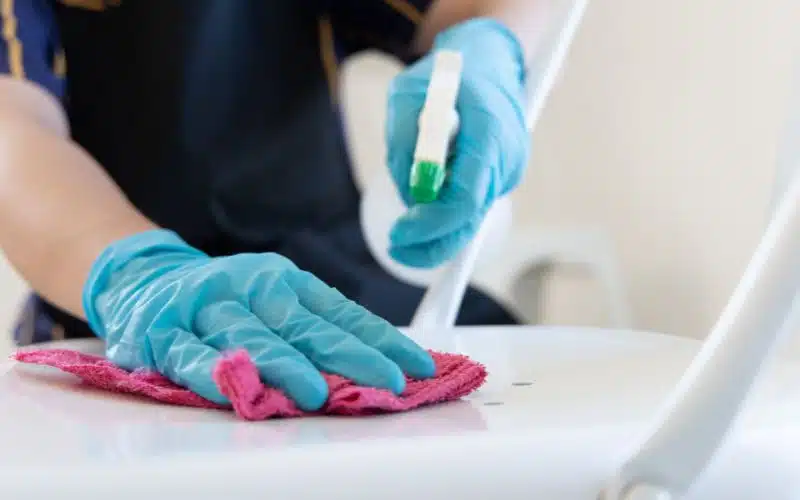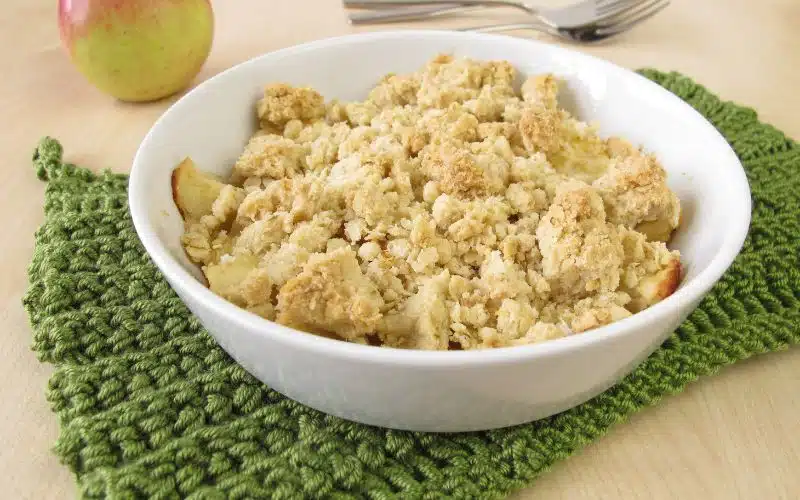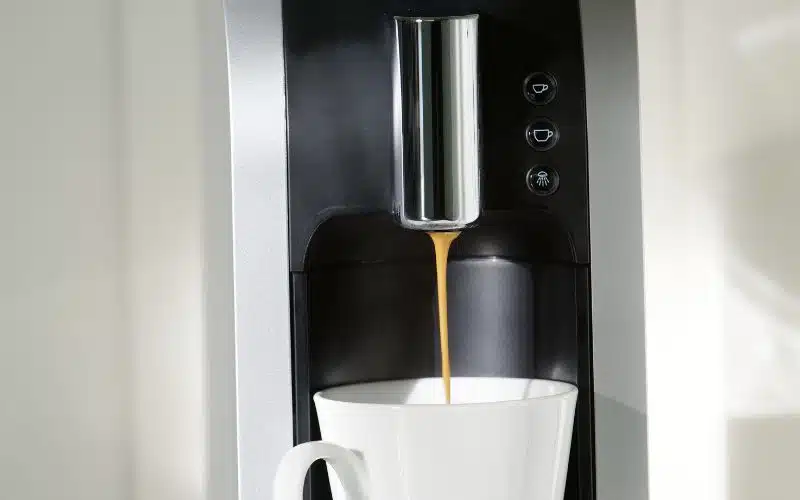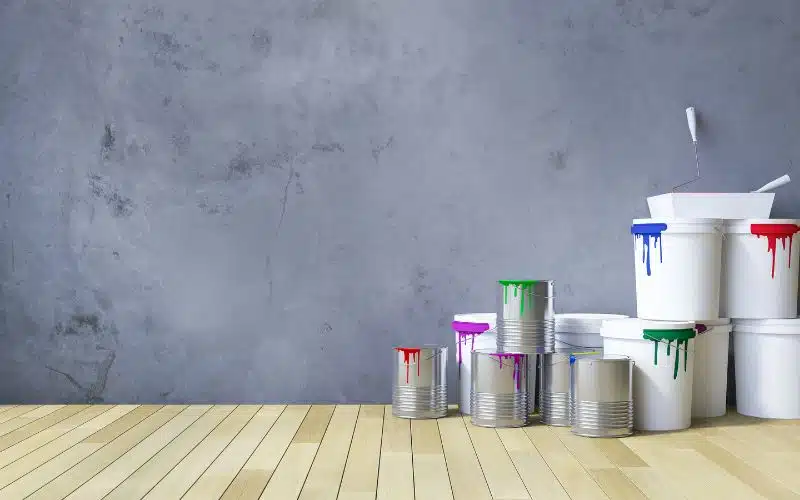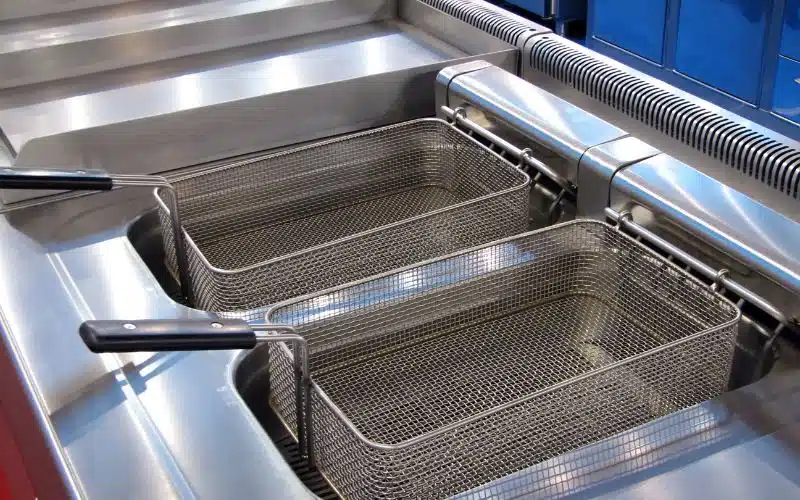Choosing the suitable material for underlayment is essential to getting the right tile. The tile’s overall perfect finishing depends on the type of material used for its underlay.
Therefore, to have a good outcome, it is good to plan your project well and know the type of product suitable for construction to have a good end product.
The Kerdi board and the cement board are two different materials used for tile overlay. They are both efficient and suitable for tile construction. Although they have advantages and disadvantages, the kerdi board has more advantages than the cement board. In addition, the Kerdi board is more versatile than the cement board.
What is a Cement Board?
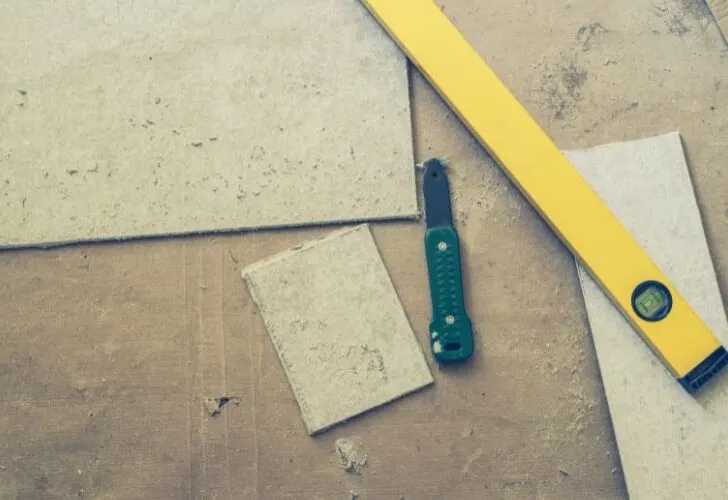
A cement board is a sheet made from a combination of cement and cellulose fibers. They have a dimension of 4 feet by 8 feet or 3 feet by 5 feet and have a thickness of about 1 inch.
Some of them have a thickness as low as half inches. They serve as tile backer boards; that is why they are also called cement backer boards.
A cement board is used as a tile backer board because it is water resistant and is one of the best ways to fix tiles in a building.
Since house tiles are prone to having water contact, it is advisable to use a backing board that will not go wrong after a few years of water exposure.
It makes it better than the paper-covered gypsum that serves the same purpose. In addition, the quantity of cement in it makes it solid and heavy to last long.
A cement backer board offers so many benefits. It saves cost, time, and space. It is also durable, resistant, and highly environmentally friendly.
These attributes make it long-lasting and efficient. It prevents the impact of fire, fungus, and vermin on tiles.
The Cement board overlay is stable and does not detach after a long time of attachment. While fixing, you cannot cut the cement tile backer board with an ordinary knife.
It requires expertise and experience to cut it properly because of the dust and particles it produces while cutting.
Professionals use the carbide-tipped blade to cut it during fixing. Cement boards come in different types, and below are some of the types:
#1. Wood Wool Cement Board
The wood wool cement board contains different proportions of wool, cement, salt solution, and water. The wood wool is from softwood, such as spruce wood.
Fortunately, these softwoods are industrially grown; they can be grown and harvested anytime. It has a low density which means it has low weight.
It is resistant to fungus, moisture, and fire. You can use it for decoration and thermal and acoustic insulation.
#2. Fiber Cement Board
Fiber cement board contains different water, cement, and asbestos fiber proportions. It also contains limestone flour and silica.
Fiber cement board is the oldest and most widely used type of cement board. It is resistant to heat, moisture, and impact.
It is used for decorative purposes, making it easy to print wood effects on it. You can also use it for roofing, shingles, underlay, and tile backing.
#3. Cement Bonded Particle Board
Cement bonded particle contains different proportions of wood particulate, water, and cement. Its high wood content explains its high expansion and shrinking ability.
As a result, it is highly durable, fungi, and fire resistant. However, it has a high density, making it heavy to carry.
What is Kerdi Board?
A kerdi board contains various products to make it efficient to underlay tiles. The major components include fleece webbing and extruded polystyrene.
You can use it for other significant purposes, such as bonding waterproof materials during construction.
In addition, its invention corrected the disadvantages of cement backer board usage. You can use kerdi board for underlying tiles for walls, floors, shelves, and countertops.
One of the primary reasons you can use it in construction is because it is lightweight. Thus, it is easy to cut, install and transport.
During manufacturing, there are lines on it for easy cutting during usage. In addition, the Kerdi board is resistant to moisture: no matter the moisture level it is exposed to.
Its water-resistant ability shows why you can also use it as tile underlay in the kitchen and bathroom. It also fits into other purposes because of its waterproof ability.
Kerdi Board VS Cement Board Cost
Kerdi boards are more expensive than cement boards. The difference in cost is due to the manufacturing processes the kerdi board goes through.
Generally, the kerdi board costs about twice the cement backer board.
Which is Better, Kerdi Board or Cement Board?
Each board has its advantages and disadvantages. However, your final decision depends on where you use the board and your preference.
For example, if you want to install a cement board in the kitchen, bathroom, or places that are likely to be exposed to a lot of moisture, you should consider using a kerdi board as the underlay.
On the other hand, if you are considering the cost and durability and a board that is not expensive, you can consider a cement board underlay.
It is suitable for places like bedrooms, living room and balcony. Many important features are in the kerdi board that you will not find in the cement board.
Knowing the type of construction project you are undertaking is good to know the type of board to use. If the kerdi board significantly impacts your building project, you can consider using it.
It would be best if you considered using any of the boards for tile underlaying cos of the following reasons:
#1. Type of Tile Underlayment
Tile underlayment has three stages: the subfloor, underlay, and tile. Whether or not the tile will last long depends on the underlay type.
A smooth and durable underlay increases the chances of having a smooth tile and a good finishing. In addition, a proper tile underlay ensures that the tile remains in its place for a long time.
#2. Tile Finishing
A tile needs to have a good outlook. A good outlook refers to the type of underlay used in fixing the tiles.
For example, you can consider the cement board if you want a durable board that won’t crack after a short time.
However, if you are more concerned about its moisture resistance, you can consider the kerdi board.
Can I Use Kerdi-Board Instead of Cement Board?
You can use a kerdi board instead of a cement board. People are becoming familiar with the Schluter kerdi board and its advantages.
Although it is expensive, it is lightweight and easy to install. In addition, its high moisture resistance gives it an edge over the cement backer board.
However, there is an exception to the usability of the kerdi board.
If you are installing tiles in a place where many people pass or in a supermarket or mall, you should consider using a cement board because of its high durability.
Below are instances to use any of the boards:
| Location | Type of Board |
|---|---|
| Kitchen Backsplash | Kerdi board |
| Kitchen Countertop | Kerdi board |
| Living room/ bedrooms | Cement board |
Main Differences: Weight, Quality, Popularity, Waterproof
If you need a board for tile underlayment, you should be sure you choose the suitable material. The common materials for tile underlayment are cement board and Kerdi board.
No matter how you want to do your next tiling project, be more familiar with the advantages and disadvantages of the underlay you want to choose.
Although kerdi board and cement board perform the same functions, there is variability in the weight, quality, popularity, and waterproofing.
#1. Weight
Weight is one of the significant differences between the kerdi board and the cement board.
The cement board has a dimension of 4 feet by 8 feet or 3 feet by 5 feet in dimension and has a thickness of about 1 inch. Therefore, its weight is close to 60 pounds per one.
Therefore, it is heavy to carry from one place to another. However, the kerdi board is one-third of the weight of the cement board.
Sometimes, it is lesser than that. It is lightweight and easy to transport and install. You can carry several pieces of kerdi board at once during tile installation. These attributes make it easy to work with.
#2. Quality
The quality of the two boards varies. However, the quality of cement board is more than that of kerdi board.
The reason is that the element boards are from the homogeneous mixture, forming a single layer for any thickness.
Apart from its standard components, it also has cellulose fibers that serve as further reinforcement.
Therefore, the components of cement board provide a stronger bond and support with tiles than the kerdi board.
#3. Popularity
Cement board is more popular than kerdi board. The cement board was made several years ago and has circulated on the market for many years.
For many years, the cement board has helped overlay tiles in construction. However, the kerdi board is recently introduced as a new invention to correct the disadvantages of the cement board.
Its invention is to correct the flaws of the cement board to a degree. It is more lightweight than the cement board.
Although the kerdi board does not have the same durability as the cement board, the features make it better.
#4. Waterproof
Although not waterproof, the kerdi board is better than a cement board in resisting moisture. You can use it to underlay the kitchen and bathroom tiles.
Kerdi board can handle more moisture than cement board. However, cement boards can resist moisture to a certain degree. A wet cement tile cannot hold your tile, which makes the tile go bad.
Which Board is Easy to Install, Kerdi Board or Cement Board?
It is easier to install the kerdi board than the cement board. The density of the kerdi board is low, making it easy to carry about and install.
Only one person can install the kerdi board; unlike cement board, you cannot install it alone.
Because of the high density of cement board, it is not easy to install and can easily fall off if not properly fixed.
Due to the hardness of the cement board, pre-drilling of fasteners is advisable.
Also, the manufacturers of the kerdi board made some gridlines on it for easy installation, unlike the cement board.
The gridlines help in taking accurate measurements during installation. It is also a safe time during installation if you use the gridlines often.
You are cutting the cement board results in particles and dust. You can cut the kerdi board with a simple knife without any dust or particle, and the cut will give the exact length you want.
Conclusion
The kerdi board and cement board have the same functionality but different characteristics.
Recently, professionals in the construction industry are finding it relatively easy to choose between the kerdi board and cement board.
To find the one suitable for your project, know what your project needs precisely and the one that is easy to handle.
